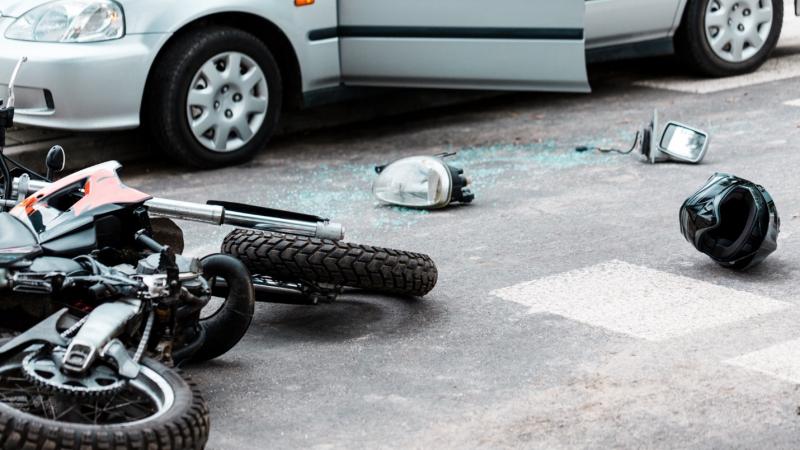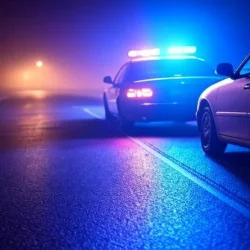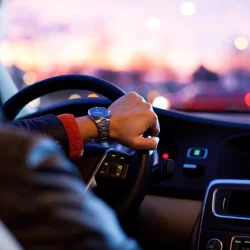Why are motorcycles more dangerous to operate than cars?

A motorcycle is the symbolic alternative to any other motor vehicle. It is agile and fast, capable of impressing the most stubborn of anti-motorbike drivers. But a motorcycle is not meant for everyone. The truth is that an individual overestimating their abilities, skills or safety, will sooner than later pay a high price for it. A motorcycle, as a rule of thumb, does not forgive mistakes, rookie or accidental. Of course, it’s not only motorcycles that are dangerous, but motorcyclists themselves. Every vehicle, even a bicycle or a scooter, can become dangerous in the hands of an irresponsible person. Nevertheless, a good motorcyclist should always be aware of the specific characteristics of a motorbike and take it into account.
- Motorcycles are less-visible vehicles than cars, because they are often slimmer, lighter, and smaller. It happens, therefore, that a good portion of drivers simply do not see or hear them on the road.
- Motorbikes also have less effective brakes than cars. This is due to their construction. During emergency braking, the main task always rests with the front wheel. The contact area of a motorcycle tire with the road is much smaller than that of a car tire. Even considering the difference in weight of both vehicles, the balance is unfavorable for the two-wheeler.
- The motorcycle is very susceptible to skidding, especially on dirty, wet surfaces, and very sensitive to any unevenness of surfaces.
- They do not protect the driver and passenger from direct injuries. There are no airbags, curtains, and in the event of a fall or head-on collision, the occupants will hit obstacles directly.
Many amateur motorcyclists think that once they have mastered the basic riding technique, ‘it's time to get wild’. After a few weeks of "light" driving, the show begins - starting with a raised wheel, crazy acceleration, sudden lane changes, cutting corners, and risky overtaking. Statistics show that more than 50% of motorcycle accidents caused by drivers are due to speeding. At such high speeds, other road users are usually not able to correctly judge the distance and time when a motorcycle is approaching them, especially in their mirrors. This applies to New York City roads, because New Yorkers are not used to high speeds of other vehicles when stuck in traffic.
Motorcycle accidents caused by a DUI can also be much more serious than those suffered during a normal accident. This is because intoxicated drivers often do not realize they are in danger of an accident until after it occurs. Motorcycle safety equipment, such as a helmet, is designed to mitigate the effects of a normal crash. However, if a driver is under the influence of drugs or alcohol, the accident is usually atypical and much more serious. This greatly diminishes the effectiveness of the security equipment. Intoxication almost always means that the driver is at fault. The at-fault driver can be sued for damages by the injured party or survivors of the accident victim in the event of death. Compensation may be obtained for any type of damage that is the direct result of the accident. The most common injuries to motorcyclists during a DUI, at-fault or not, include:
- Serious and superficial lacerations
- Broken or fractured bones
- Brain or spinal cord injuries
- Crush injuries
- Paralysis
- Wrongful death
A good motorcyclist does not disregard the laws of physics, always approaches other road users with great distrust, and assumes in advance what any inexperienced may do. They also try to think for others. They prefer to brake early and unnecessarily, rather than being put in an unescapable situation.
More to Read:
Previous Posts:



